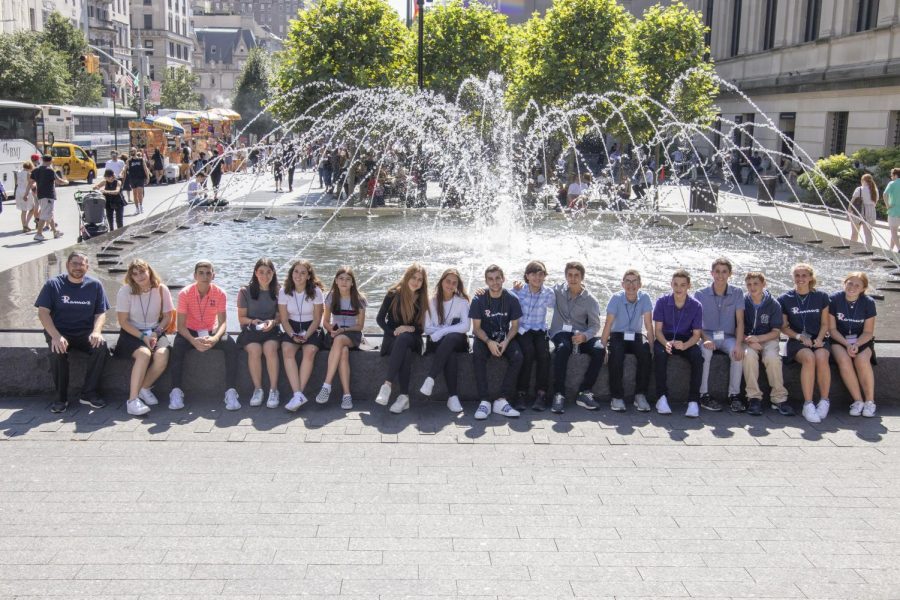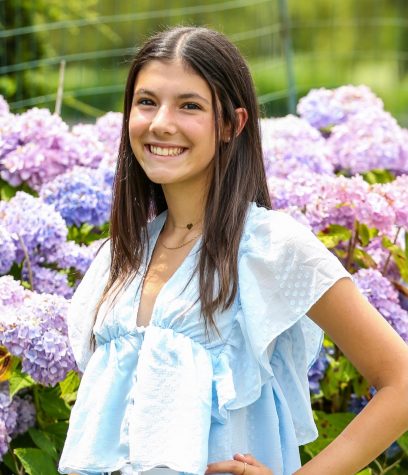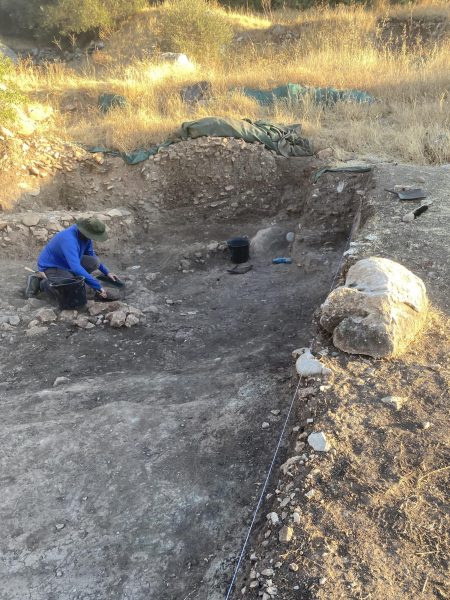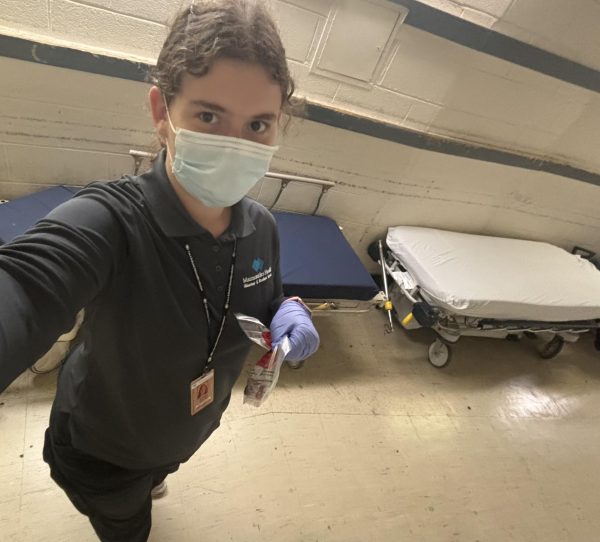The Evolution of Freshman Orientation
Every year, a group of awkward, excited, and nervous students begin its first day at Ramaz with freshman orientation. Unfamiliar with the Upper School and the many new students in their grade, freshmen begin to bond and adjust to Ramaz during their orientation. The program acclimates them to their high school surroundings and gives the students a preview of how the school functions. In the past few years, freshman orientation has developed and evolved into a more effective and accommodating program. Originally planned as a one-day orientation jam-packed with social bonding and academic preparation, the program has now expanded to two days. This modification alleviates the stress on freshmen and allows them to adjust before the older grades arrive back in school.
Around six years ago, Ms. Benel was in charge of organizing all special programs, including Shabbatonim, the retreat, and freshman orientation. The orientation began with freshmen being bused to Asphalt Green fitness center from the high school. At Asphalt Green, the students participated in bonding activities, split by gender. Following the team building activities, freshmen divided into advisory groups for a relaxed lunch at the picnic tables. Students had the opportunity to meet their advisory groups in an informal setting and share their summer experiences. After lunch, the whole grade convened for a final communal activity that unified the grade.
The freshman spent an intense second half of the day at school learning the academic details that are currently taught to the freshmen on the second day of orientation. They then had an afternoon-long advisory meeting in which the faculty went through Preludes and taught the students about the school, including dress-code policies, rotating schedules, school programs, and their locker combinations. In order to obtain their school books, the students had to go to the gym, where they received a list of books to collect and carry to their lockers. The next day, the students jumped right into a normal school day—not such a smooth transition for students experiencing high school for the first time.
When Ramaz switched to a two-day orientation schedule, the programming was redistributed to be less dense. Dr. Aharon explained, “We decided not to go to Asphalt Green anymore and to just stay in the neighborhood. One year when Rosh Hashanah was late and the school wasn’t in such a hurry to get classes started, we decided to try out the two-day program. The administration tried to think about the necessary changes so that freshmen were ready for school. We were worried about both the social and academic components and realized that combining them sends freshmen mixed signals. It’s like we are saying, ‘we want you to just be happy here and make friends—but go to work!’ That’s when the administration decided to make one day completely social—no books, no lockers. The second day would be solely academic, teaching students all of the tools necessary to be a freshman.”
The current freshmen orientation includes a variety of new programs and activities. Recent additions, such as the senior advisory system, are intended to help the freshmen more easily adjust to high school and allow them to solicit advice from upperclassmen who are very familiar with the school. Throughout the past four years, the senior advisory program has included a phone call to the freshman before orientation and bonding activities between seniors and freshmen at orientation. Avery Sholes ‘20, co-head senior advisor, compared his experience as a freshman on orientation to his role this year. “I experienced the senior advisors to be judgment-free peers, there to answer any questions or assist any need. This year, I was a senior, and I wanted to emulate the same vibe that those seniors gave off. I was able to oversee all of the events that went behind making the high school transition a smooth one. It was fun to play a role in the organization of the orientation, rather than just being a participant.” The senior advisory program benefits freshmen by informing them of the school’s expectations and introducing them to students who were recently freshmen at Ramaz. Although the program only formally lasts through orientation, the senior advisors and their freshman buddies often stay in touch and seniors continue to guide the freshmen throughout the year.
On the first day of orientation, freshmen meet their grade and hear from Dr. Aharon. The scavenger hunt, led by Dr. Aharon and the senior advisors, was intended to give freshmen a tour of the school and help familiarize them with the Upper East Side. On the second day of orientation, students split into advisory groups where they receive their lockers, textbooks, schedules, and online accounts. In the afternoon, students follow the simulated “R” day schedule they will experience their next day, the first day of school. The school day simulation allows freshmen to meet their teachers, see their classes, and understand the way a typical school day functions; it alleviates some of the stress that freshmen feel the following day and allows them to feel comfortable when classes begin.
The evolution of freshman orientation demonstrates the improvements that Ramaz has implemented over the last few years striving to create a more welcoming environment for students.




